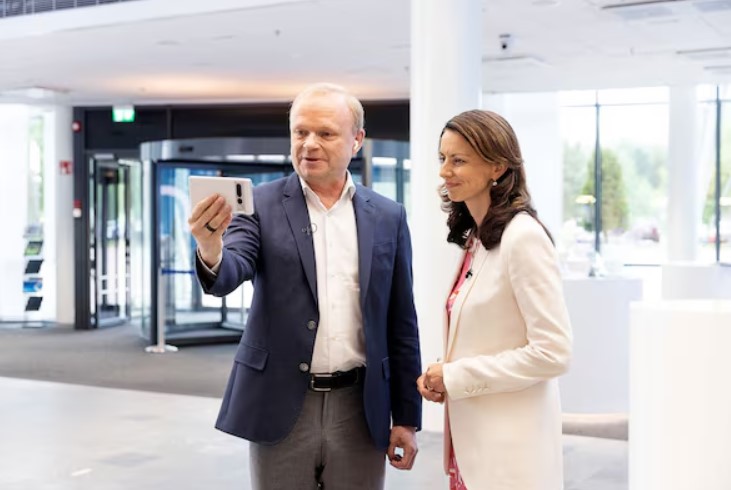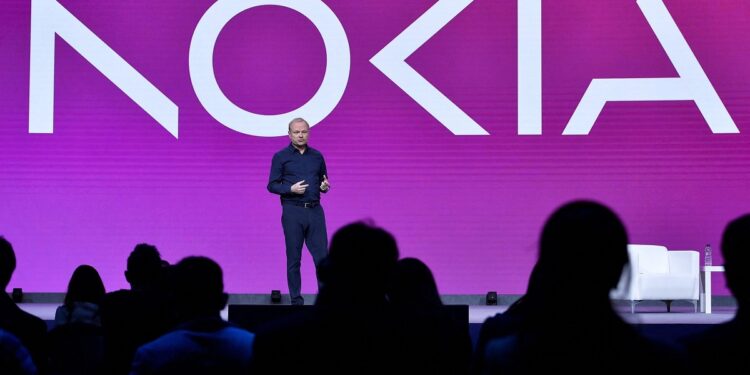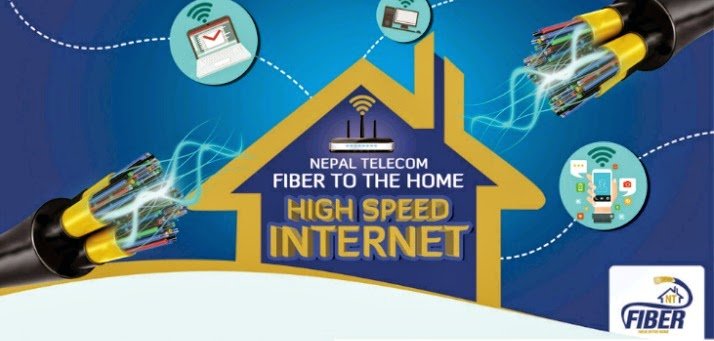The world’s first phone call using 3D spatial audio has been made on a cellular network. The history was made by Nokia on Monday, June 10, 2024, when Nokia CEO Pekka Lundmark exercised the technology in a phone call with Stefan Lindström, Finland’s ambassador of digitalization and new technologies. What is a 3D spatial audio and what benefits does it bring on phone call experience? I have it covered below in detail:
The 3D call is designed to be in the upcoming 5G Advanced network. The pioneering call was made by Lundmark from Nokia’s campus in Espoo on a regular smartphone over a 5G network. Do read: 5G network in Nepal; Trial, Spectrum, Availability
First, to know, the game-changing achievement is made possible by 3GPP Immersive Video and Audio Services (IVAS) codec.
As you should expect, the technology aims at transforming voice communication with more lifelike and immersive audio.
By that what I mean is an audio experience on a voice call that equates to the one you get on a headphone while listening to High-Fidelity (HiFi) music or playing a video game on a gaming console.

And it is nothing sort of incredible. For the most part, we still rely on 2G/3G voice for our cellular calls. The next-generation service Voice over LTE or VOLTE backed by 4G has brought some improvement.
However, user experience in terms of audio quality is in want of attention in terms of experience.
The 3D spatial audio elevates that audio experience in calls. It creates an immersive sound experience that renders clear voice and effects making the listening far better and clearer than what we experience today.
Also read: How to Check If VoLTE is Working On iPhones?
What is a 3D spatial audio call?
A 3D Spatial Audio call is next-generation voice technology that offers lifelike sound quality for mobile users. Developed by 3GPP Immersive Video and Audio Services codec and will be a part of the 5G Advanced network.
The technology offers incremental benefits over the voice technology used in current-day cellular service. A 3D audio call delivers clear and immersive call quality. Check out: How important is call quality on Mobile networks?
3D spatial audio call vs normal call
The 3D spatial audio elevates audio calls on mobile networks. To illustrate, when you make a call on your smartphone, the audio is monophonic. The audio is highly compressed into a single channel.
While sufficient, the sound tends to lose strength. The voice flattens and has fewer details. The result is that there could be times you can’t hear the words, or the audio just fades away. That’s the issue 3D audio addresses.
The technology brings three-dimensional audio. It makes the call receivers feel like the person talking on the phone is actually there with you. This makes the call more lifelike, immersive, and also detailed.
Check out: What’s a call barring? One-way bar, two-way bar explained!!
After the historical call, Lundmark said, “We have demonstrated the future of voice calls. This groundbreaking audio technology takes you to the caller’s environment, creating a spatial and massively improved listening experience for voice and video calls, offering significant benefits for enterprise and industrial applications.”

Interestingly, Lindström who received the milestone call from Nokia CEO was in the same room when the first 2G call was made in 1991.
About the call, he said, “The live immersive voice and audio experience enabled by IVAS improves the richness and quality of the call, and the three-dimensional sound experience makes interaction more lifelike and engaging, bringing a wealth of new benefits to personal and professional communication. Immersive communications technology will also take XR and metaverse interaction to the next level.”
Also recommended: Apple announces RCS Chat support on iPhones with iOS 18
When will the 3D call technology be available?
Nokia plans to make 3D audio calls available worldwide with a standard. But the telco gear vendor says that it will require enabling interoperability among mobile network operators (MNOs), chipset makers, and smartphone vendors.
Nokia says that it will seek licenses for the technology to implement it with other industry stakeholders. So, we are still some good years behind for this to be commercially available.
But once available, it will have applications in phone calls, to industrial uses too.
Check out: VoWiFi or Wifi Calling Feature in Nepal
What sort of weaknesses do you witness during audio calls on cellular networks? How excited are you about making a 3D spatial audio call? Do comment below in the comment section.













